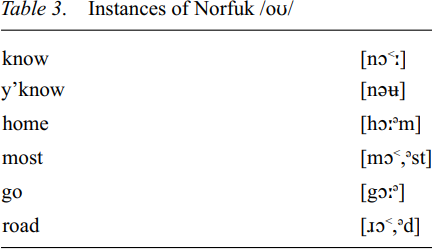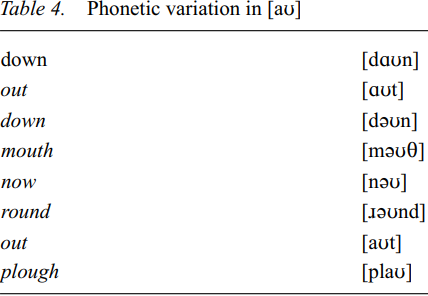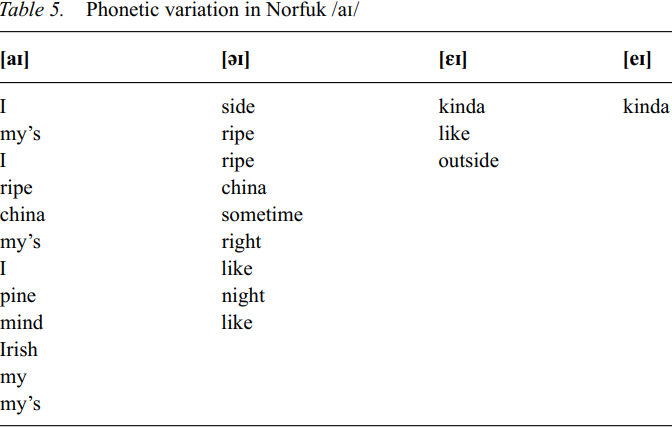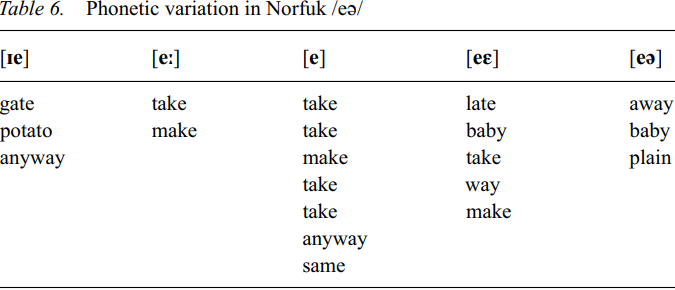

Grammar


Tenses


Present

Present Simple

Present Continuous

Present Perfect

Present Perfect Continuous


Past

Past Simple

Past Continuous

Past Perfect

Past Perfect Continuous


Future

Future Simple

Future Continuous

Future Perfect

Future Perfect Continuous


Parts Of Speech


Nouns

Countable and uncountable nouns

Verbal nouns

Singular and Plural nouns

Proper nouns

Nouns gender

Nouns definition

Concrete nouns

Abstract nouns

Common nouns

Collective nouns

Definition Of Nouns


Verbs

Stative and dynamic verbs

Finite and nonfinite verbs

To be verbs

Transitive and intransitive verbs

Auxiliary verbs

Modal verbs

Regular and irregular verbs

Action verbs


Adverbs

Relative adverbs

Interrogative adverbs

Adverbs of time

Adverbs of place

Adverbs of reason

Adverbs of quantity

Adverbs of manner

Adverbs of frequency

Adverbs of affirmation


Adjectives

Quantitative adjective

Proper adjective

Possessive adjective

Numeral adjective

Interrogative adjective

Distributive adjective

Descriptive adjective

Demonstrative adjective


Pronouns

Subject pronoun

Relative pronoun

Reflexive pronoun

Reciprocal pronoun

Possessive pronoun

Personal pronoun

Interrogative pronoun

Indefinite pronoun

Emphatic pronoun

Distributive pronoun

Demonstrative pronoun


Pre Position


Preposition by function

Time preposition

Reason preposition

Possession preposition

Place preposition

Phrases preposition

Origin preposition

Measure preposition

Direction preposition

Contrast preposition

Agent preposition


Preposition by construction

Simple preposition

Phrase preposition

Double preposition

Compound preposition


Conjunctions

Subordinating conjunction

Correlative conjunction

Coordinating conjunction

Conjunctive adverbs


Interjections

Express calling interjection


Grammar Rules

Passive and Active

Preference

Requests and offers

wishes

Be used to

Some and any

Could have done

Describing people

Giving advices

Possession

Comparative and superlative

Giving Reason

Making Suggestions

Apologizing

Forming questions

Since and for

Directions

Obligation

Adverbials

invitation

Articles

Imaginary condition

Zero conditional

First conditional

Second conditional

Third conditional

Reported speech


Linguistics

Phonetics

Phonology

Linguistics fields

Syntax

Morphology

Semantics

pragmatics

History

Writing

Grammar

Phonetics and Phonology

Semiotics


Reading Comprehension

Elementary

Intermediate

Advanced


Teaching Methods

Teaching Strategies

Assessment
Diphthongs
المؤلف:
John Ingram and Peter Mühlhäusler
المصدر:
A Handbook Of Varieties Of English Phonology
الجزء والصفحة:
794-43
2024-05-06
1026
Diphthongs
Norfuk /oʊ/ (home) has its vowel nucleus close to [ɔ], somewhat fronted, and usually with a perceptible schwa off-glide. The obvious outlier in this series (all from our male speaker) is the form y’know, which seems to be a borrowing from Australian or standard Norfolk English.

With the exception of the outlier (y’know), the formant trajectories for the off-glide in the diphthongs have a forward movement. This diphthong is quite a distinctive marker of Norfuk accent. However, it does not appear to be phonologically contrastive with Norfuk [ɔ:].
Norfuk [aʊ] (down, now, mouth) showed a good deal of phonetic variability. In general, it shows evidence of incomplete lowering of the nucleus, as in other conservative regional dialects (Scots English, Canadian English, etc.). The range of phonetic variation for [aʊ] can be illustrated with the following tokens from our male speaker:

To quantify this variation, we took formant measurements of the nucleus. The degree of lowering of the nucleus in the F1-F2 space corresponded with impressionistic transcription. Clearly, the word plough seems to be a borrowing from Australian English.
Norfuk [ɑɪ] evinces incomplete lowering of the nucleus, as also found in conservative regional English dialects. The environment for this incomplete lowering (often referred to as ‘Canadian Raising’ for its prevalence in Eastern Canadian English) is before voiceless obstruents in closed syllables. Our impressionistic transcriptions of [ɑɪ] tokens in stressed syllables showed some evidence of this rule in Norfuk.

Norfuk [eə] (which corresponds to Australian or Standard Norfolk English [eɪ]) is either a monophthong or an opening diphthong which is highly recognizable (as it is in Irish English). The range of variation illustrated in Table 6 is quite large, as the following tokens suggest. There was no obvious phonological conditioning for this variation.

 الاكثر قراءة في Phonology
الاكثر قراءة في Phonology
 اخر الاخبار
اخر الاخبار
اخبار العتبة العباسية المقدسة

الآخبار الصحية















 (نوافذ).. إصدار أدبي يوثق القصص الفائزة في مسابقة الإمام العسكري (عليه السلام)
(نوافذ).. إصدار أدبي يوثق القصص الفائزة في مسابقة الإمام العسكري (عليه السلام) قسم الشؤون الفكرية يصدر مجموعة قصصية بعنوان (قلوب بلا مأوى)
قسم الشؤون الفكرية يصدر مجموعة قصصية بعنوان (قلوب بلا مأوى) قسم الشؤون الفكرية يصدر مجموعة قصصية بعنوان (قلوب بلا مأوى)
قسم الشؤون الفكرية يصدر مجموعة قصصية بعنوان (قلوب بلا مأوى)


















